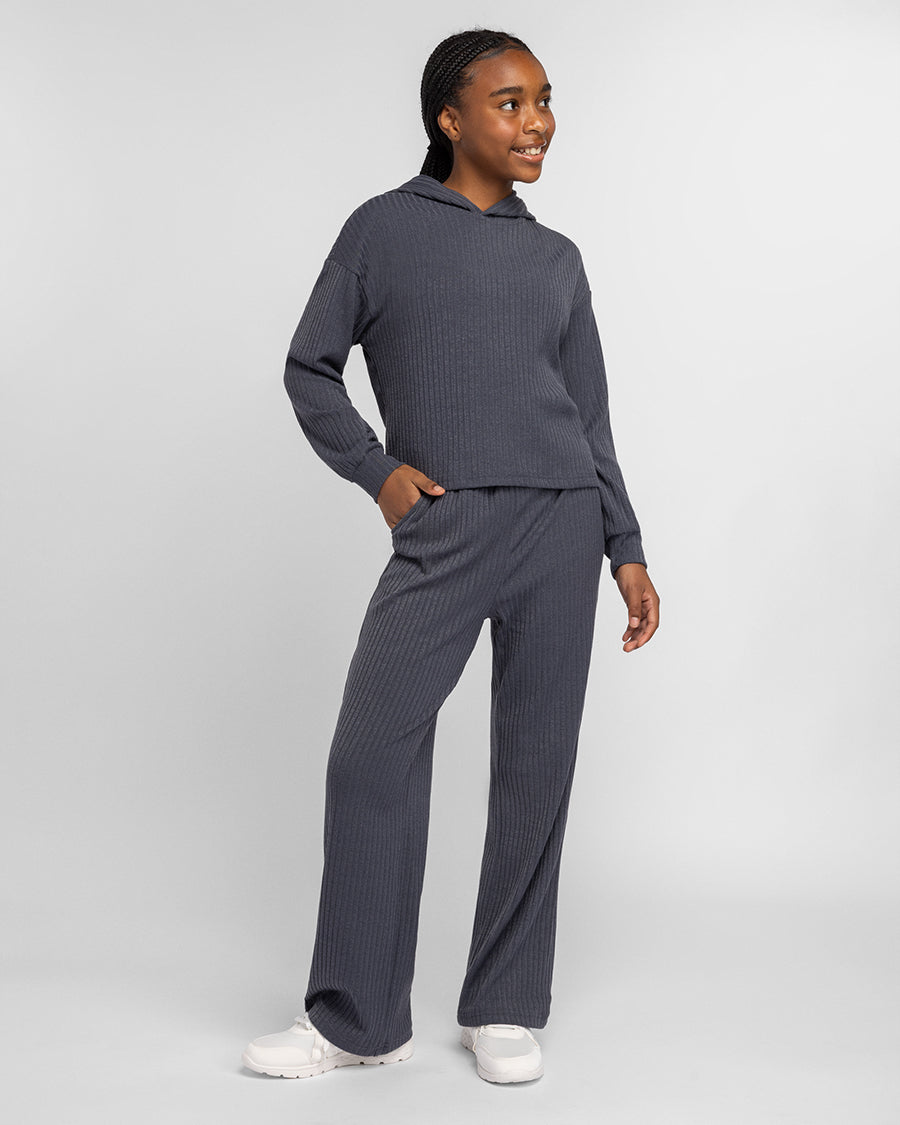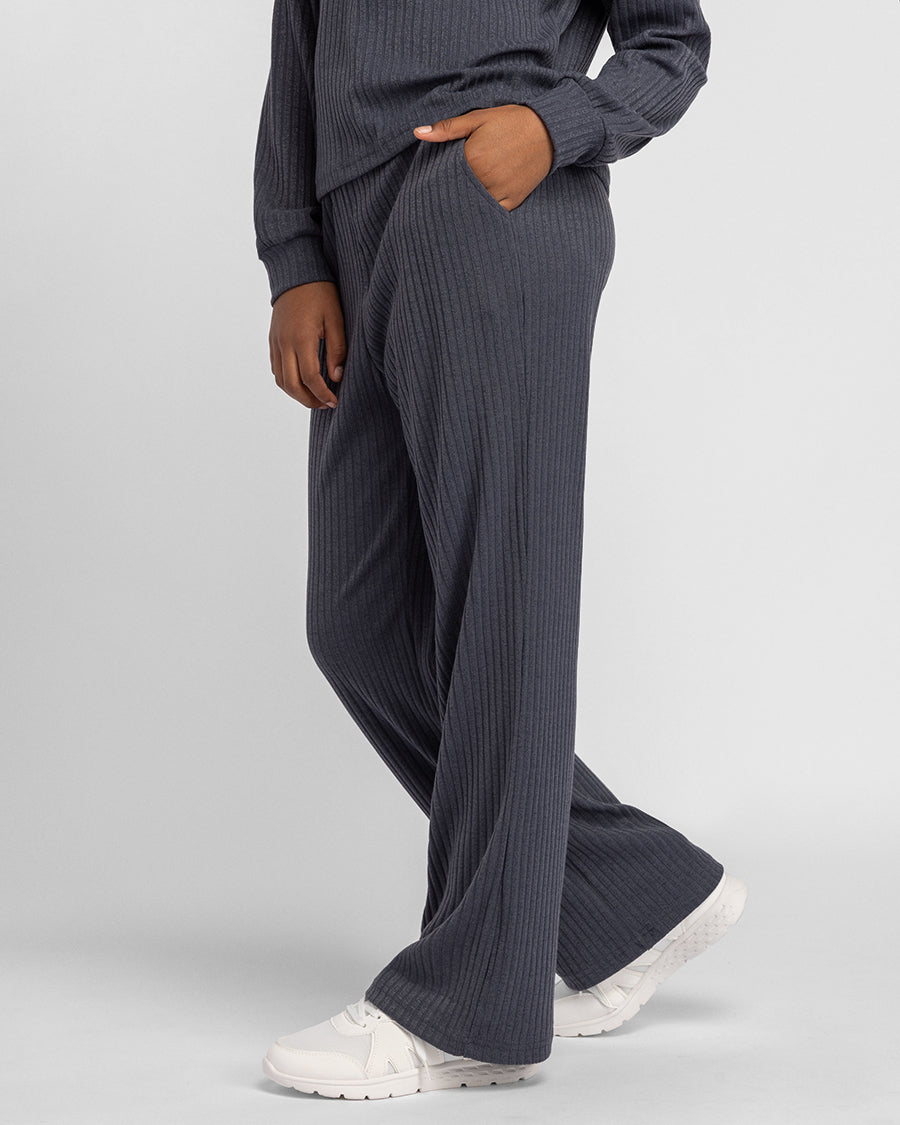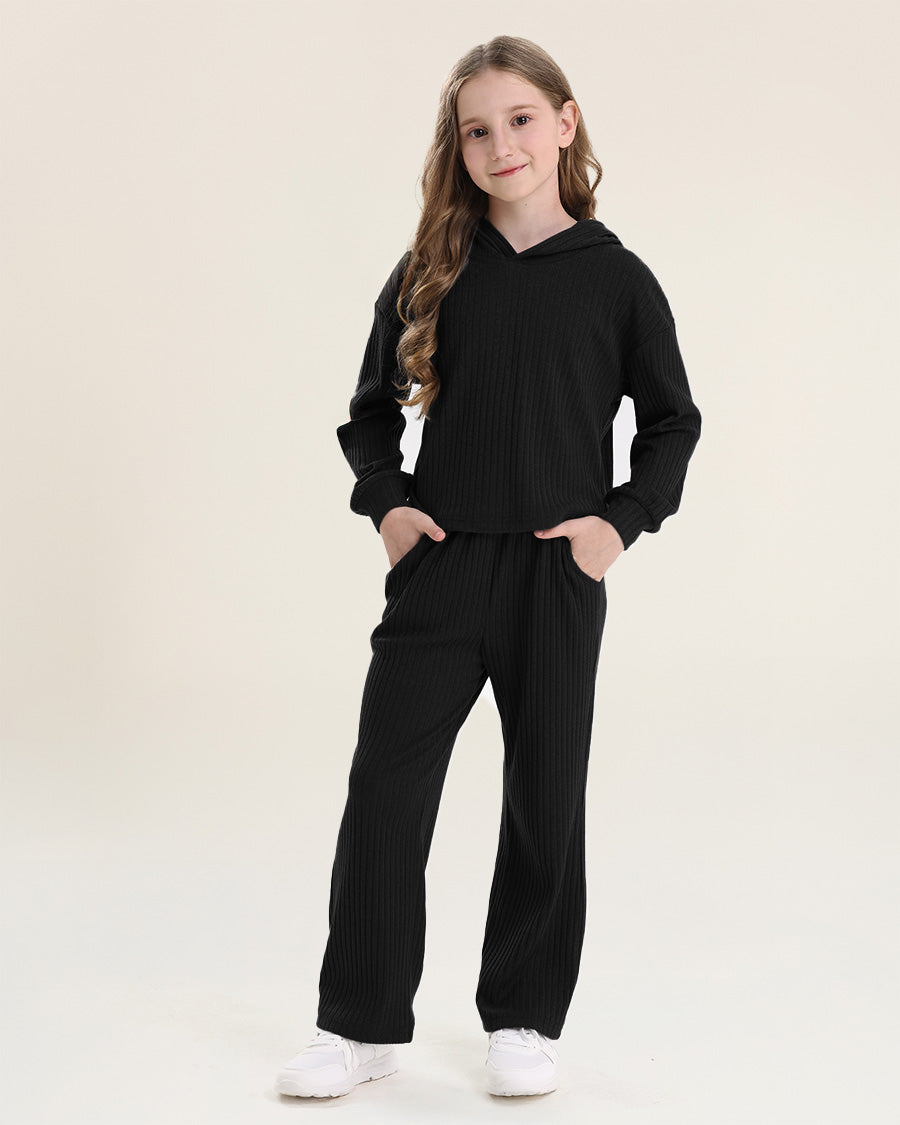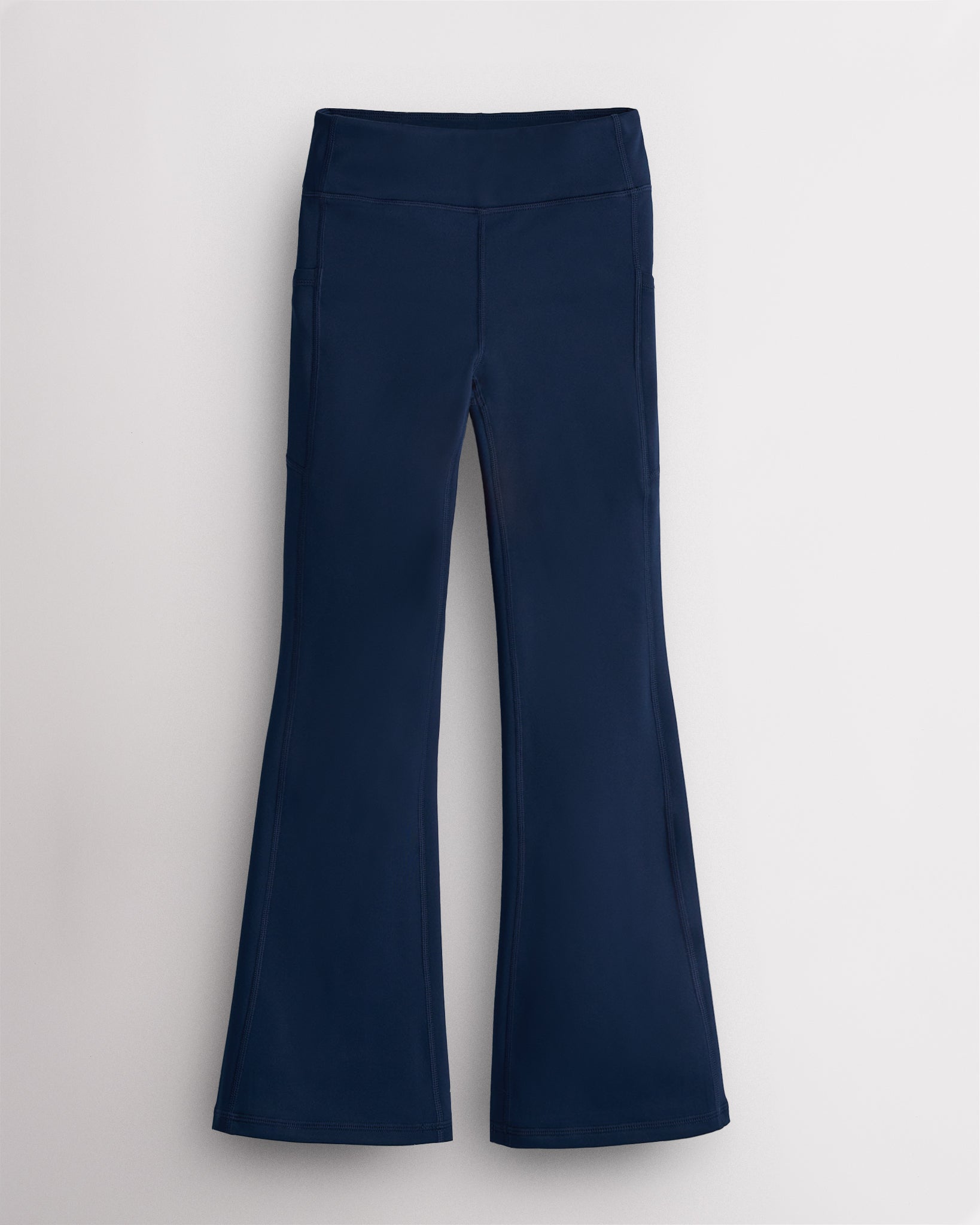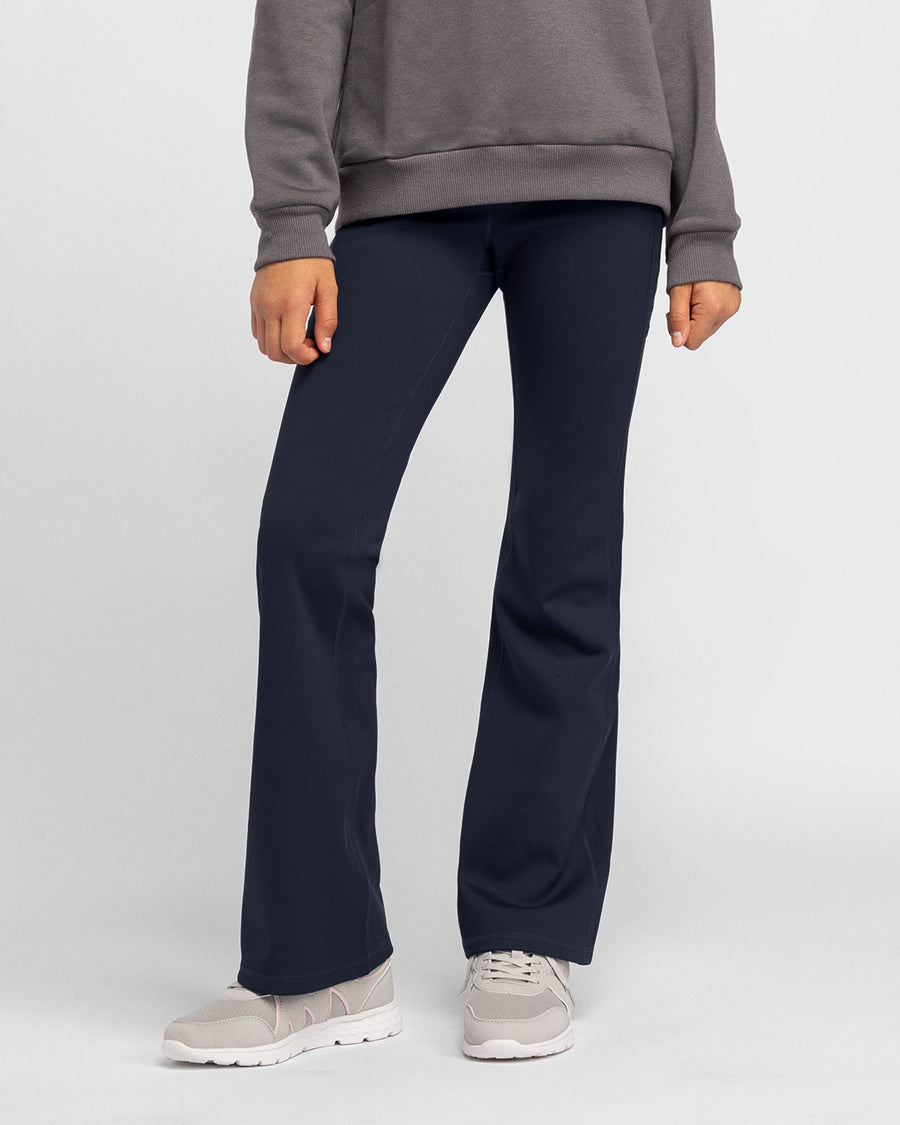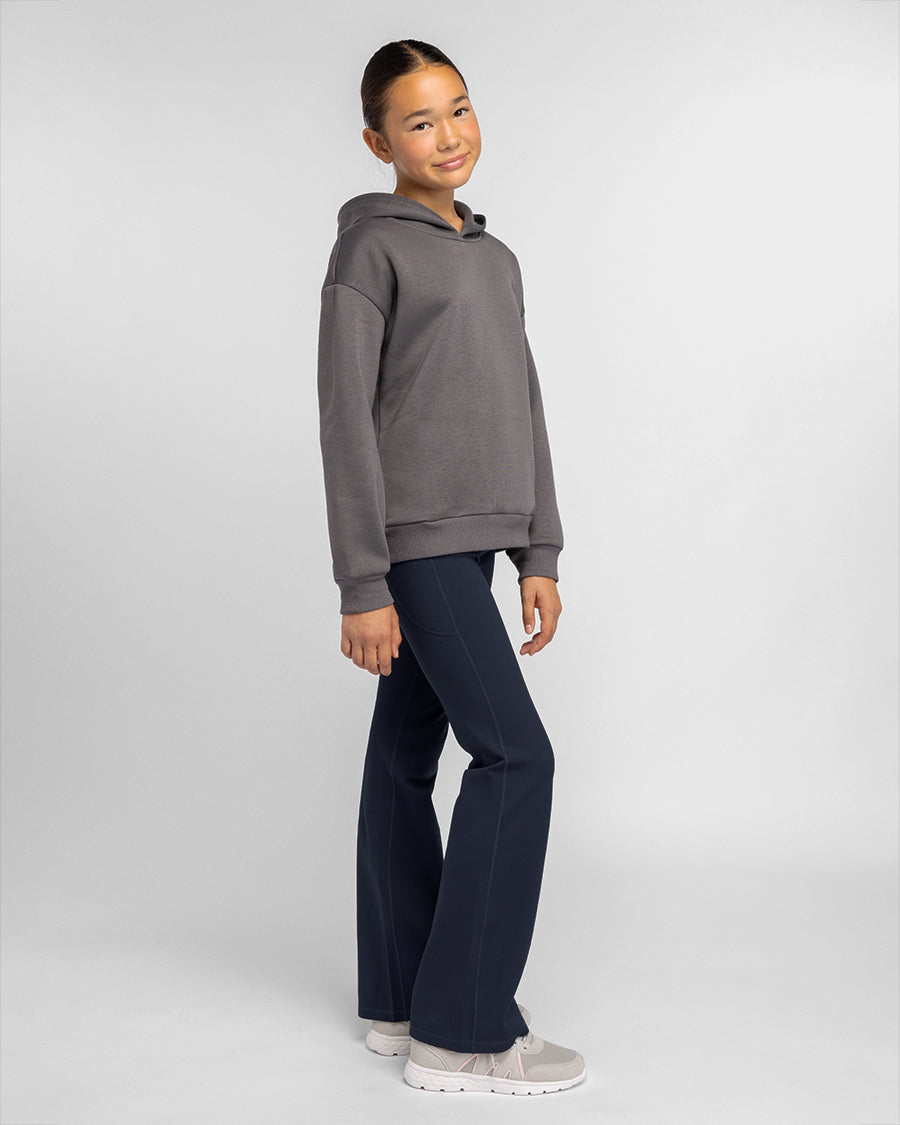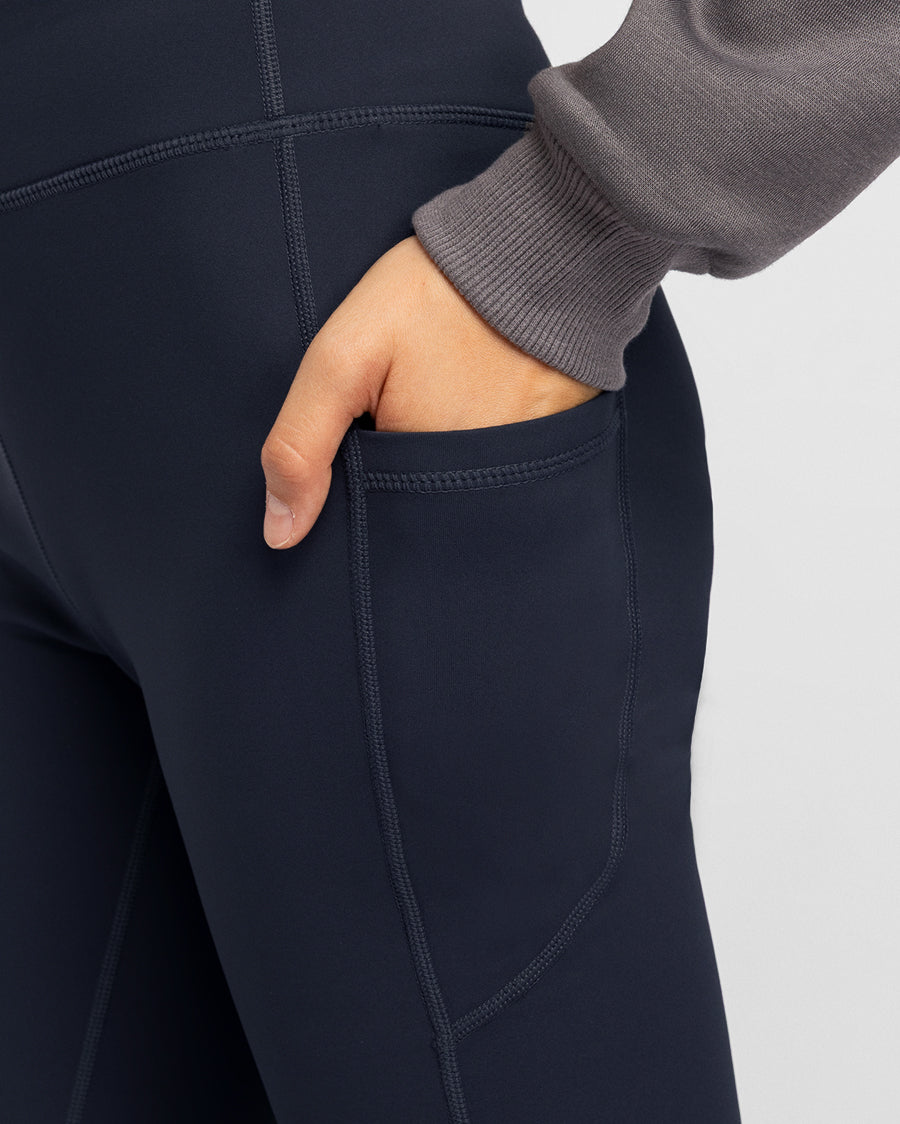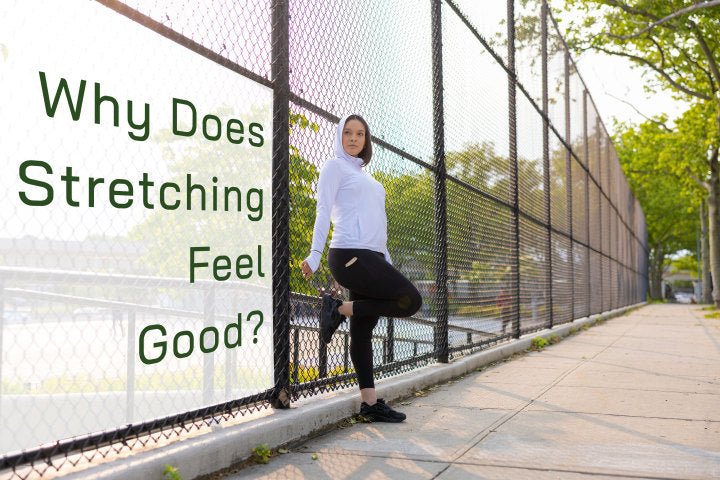Why Does Stretching Feel Good?
Table of contents
Stretching is an essential aspect of any exercise routine. It keeps your body working properly and prevents and prevents you from injuring yourself, among other health benefits.
You might know that stretching is good for your body. But do you know why it feels so good when you do it?
We've got the information you need. Let's answer the question, why does stretching feel good?
Increased Blood Flow
Stretching promotes blood circulation to the muscles, which helps deliver oxygen and nutrients. It also removes metabolic waste products.
When you stretch a muscle, it promotes vasodilation, which is the widening of blood vessels. This allows for a greater volume of blood to flow through the stretched muscles and surrounding tissues.
This improved circulation can create a warm and soothing feeling. That's why even involuntary stretching feels so good!
Relaxed Muscles
Stretching helps relax tense muscles and relieve muscle stiffness. It can release built-up tension and reduce muscle soreness. This relaxation response can bring a sense of relief and comfort.
It elongates and lengthens the muscle fibers. This action helps release built-up tension and tightness in the muscles, allowing them to return to a more relaxed state.
By stretching, you encourage the muscles to let go of their contracted state. This promotes a feeling of relaxation.
Improved Flexibility
Regular stretching can gradually improve flexibility. Stretching increases your range of motion. When you can move more freely and with less resistance, it can create a pleasurable sensation of freedom.
Even doing simple stretches can improve your flexibility quickly and help you feel better.
Stretching tight muscles that lead to poor posture can help improve alignment. For example, stretching the chest muscles can counteract the forward rounding of the shoulders. This promotes a more upright posture.
By addressing muscular imbalances and improving flexibility, stretching can contribute to better overall posture and alignment.
Increased flexibility can improve athletic performance in various activities. Flexible muscles and joints allow for better coordination, balance, and agility.
When you engage in activities or sports that need a wide range of motion, improved flexibility can enhance your performance. Examples include yoga or dance.
Reduced Stress and Tension
Stretching can help reduce stress levels by activating the parasympathetic nervous system. This promotes relaxation. It also counteracts the effects of the sympathetic nervous system.
As a result, stretching can induce a state of calm and relaxation, leading to a sense of well-being.
Get Endorphins
Engaging in stretching exercises can trigger the release of endorphins, which are natural chemicals in the brain that act as painkillers and mood enhancers. Endorphins can generate feelings of happiness and euphoria. This contributes to the positive experience of stretching.
Improve Your Mind-Body Connection
Stretching provides an opportunity to focus on your body and be present in the moment. It can serve as a mindful practice, allowing you to connect with your body, release mental tension, and cultivate a sense of mindfulness and self-awareness.
Stretching provides an opportunity to focus on the present moment and be fully present in your body. By paying attention to your body during stretching, you cultivate mindfulness. This can help quiet the mind, reduce mental chatter, and enhance your ability to concentrate on the task at hand.
Enhanced Body Awareness
Through stretching, you can develop a greater awareness of your body and its sensations. This increased body awareness can help you identify areas of tightness or discomfort.
Then, you can address them through targeted stretches. Being in tune with your body can promote overall well-being and facilitate better self-care.
Stretching involves exploring different movements and ranges of motion within your body. As you engage in various stretches, you become more familiar with what your muscles, joints, and connective tissues can do.
This exploration helps you understand your body's unique movement patterns. It can guide you in making adjustments or improvements. That will help you feel better before, during, and after doing physical activities.
Stretching requires a degree of balance and body control. As you perform different stretches, you develop a sense of proprioception. Proprioception is your body's awareness of its position and how it moves. This heightened awareness improves your overall balance and coordination. It also helps your ability to control your body during various activities.
Mental Clarity and Focus
Engaging in stretching exercises can help clear the mind and improve mental focus. By taking a break from your daily routine and focusing on your body and breath, you can experience a sense of mental clarity and rejuvenation.
If you spend long periods sitting or engaging in sedentary activities, stretching provides a valuable break from this static state.
Taking regular stretch breaks throughout the day can help combat mental fatigue. It can improve blood circulation and reinvigorate your mind.
By incorporating stretching into your routine, you introduce movement and variety. This can positively impact mental clarity and focus.

Stretching For Beginners
If you don't stretch regularly, it's always a good time to start.
Before stretching, it's beneficial to warm up your body with light aerobic exercises such as walking or jogging. This helps increase blood flow and prepares your muscles for stretching.
Begin with gentle stretches that target main muscle areas. Some examples include neck rolls, shoulder rolls, side stretches, hamstring stretches, and calf stretches. Hold each stretch for a few seconds.
Pay attention to areas like your neck, shoulders, back, hips, and legs, as they often benefit from stretching. However, aim for a balanced approach and stretch the entire body to avoid muscle imbalances.
Maintain good posture during stretching and perform each stretch with control and precision. Avoid bouncing or jerking movements. They can cause injuries. Instead, move into the stretch slowly until you feel mild tension, and hold that position.
Why Does Stretching Feel Good? Now You Know
So, why does stretching feel good? There are lots of different reasons, from improved blood flow to understanding your body better. So, there's no time like the present to incorporate more stretching into your routine.
If you want to do more stretching, you'll need the right outfits. Start shopping for Stelle activewear today.




























































































































